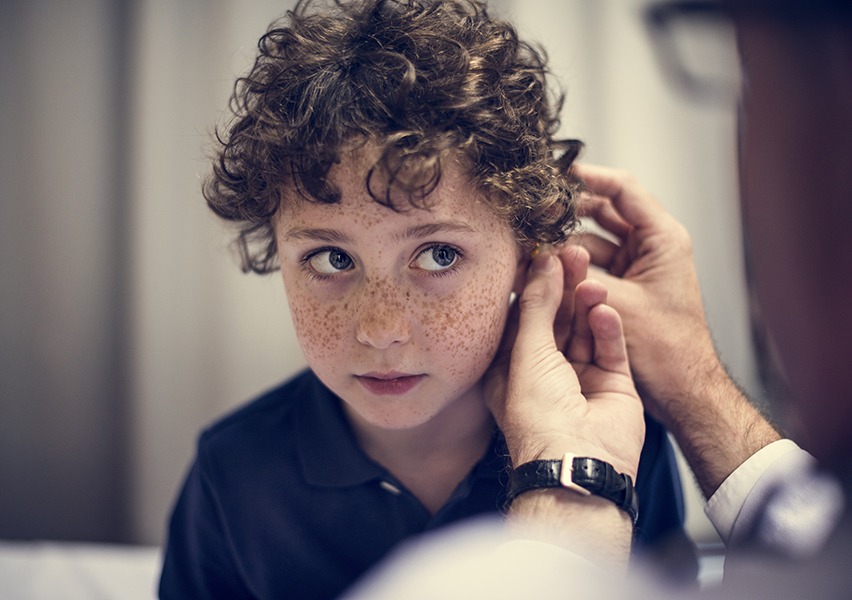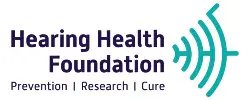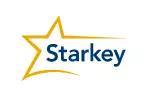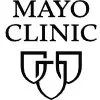Introduction
Conductive hearing loss alters the fabric of everyday life, transforming the act of communication into an ongoing challenge. For those diagnosed with this condition, the world becomes a symphony in which they can no longer fully partake, a tapestry of sound that, to them, is sadly muted. Yet, with knowledge, understanding, and the appropriate resources, individuals with conductive hearing loss can not only navigate this silence but also learn to conquer it.
This blog post is a compass for such individuals, a guide that points to various resources designed to support those living with conductive hearing loss. It seeks to provide clarity amidst the often-overwhelming volume of information, dissecting and critically analyzing the array of resources available to this population.
Throughout this post, we will explore the various facets of life affected by conductive hearing loss and the resources available to assist in each domain. We will delve into selecting the right school for children with conductive hearing loss, uncover reliable websites and blogs for information, explore the role of social workers, discuss advocacy organizations, and highlight charitable programs that provide hearing aids. In doing so, we hope to equip our readers with the tools necessary to navigate and conquer the silence of conductive hearing loss.
Choosing the Right School A Guide for Parents of Children with Conductive Hearing Loss
Selecting the right educational setting for a child with conductive hearing loss can seem like a daunting task. Parents are often left navigating a labyrinth of information, uncertain of which path to follow. However, with the right knowledge and considerations, this process can be made less overwhelming.
One critical aspect to consider is the level of support the school provides for students with hearing loss. This includes having staff trained in hearing impairment, availability of speech therapy services, and an environment that promotes inclusivity and understanding. The Clarke Schools for Hearing and Speech, for example, offer specialized educational programs for students with hearing loss, with an emphasis on listening and spoken language.
Another factor to consider is the provision of assistive technology. Many schools now have hearing loop systems installed in their classrooms, providing direct sound input to students using hearing aids or cochlear implants. It’s also essential to consider the school’s curriculum and how it can be modified to cater to the child’s specific learning needs.
Prof-ReChargeable-Hearing-Aid
Experience Exceptional Sound Quality with Vivtone RIC02, a professional RIC hearing aid featuring a receiver in the canal design. Enjoy superior sound fidelity, reduced distortion, and minimal feedback. With a remarkable 51dB peak sound gain, it surpasses many other devices, catering to a wide range of hearing loss levels.
State-of-the-Art Technology awaits you with Vivtone RIC02. Designed with US-made components from renowned brands like Intricon and Knowles, this advanced device offers exceptional quality at a fraction of the cost. The built-in 30mAh steel-sealed lithium polymer battery charges rapidly in just 1.5 hours and provides an impressive battery life of over 20 hours.
Reliability and Water Resistance come hand in hand with the Vivtone RIC02. Secure your device with the included lanyard and clip, preventing accidental loss. With an IP65 rating, these hearing aids are resistant to water, sweat, and raindrops, assuring longevity and durability. Give the perfect gift to your seniors and loved ones, as this device combines functionality with an appealing appearance and packaging.
Best Websites and Blogs for Conductive Hearing Loss Information
With the wealth of information available online, it can be challenging to sift through the noise and find reliable, comprehensive resources on conductive hearing loss. This section is designed to guide you through this maze, highlighting the best websites and blogs for information.
The American Speech-Language-Hearing Association (ASHA) website is an excellent starting point. It provides in-depth information on various types of hearing loss, treatment options, and living with hearing loss. Another useful site is the Hearing Loss Association of America (HLAA), which provides extensive resources, including a comprehensive guide to hearing aids, cochlear implants, and other assistive technologies.
Among blogs, “Lipreading Mom” stands out. Authored by a mother with hearing loss, it offers personal insights, tips, and resources. Another noteworthy blog is “Hearing Like Me,” a community blog for people living with hearing loss, which provides inspiring stories, news, and tips.
How Social Workers Can Help Families Dealing with Conductive Hearing Loss
Social workers play a vital role in the lives of individuals and families affected by conductive hearing loss. They act as mediators, advocates, and counselors, providing much-needed support and guidance. One of their primary roles is to help individuals and families navigate the often complex social services system.
For example, in cases where a family member has recently been diagnosed with conductive hearing loss, a social worker might assist in facilitating communication between the family and the medical team. They may also provide information about available resources and services, such as financial assistance, mental health counseling, and community support programs.
Social workers can also play a critical role in advocating for individuals with conductive hearing loss. They can liaise with schools, employers, and other institutions to ensure that accommodations are provided and rights are respected. The National Association of Social Workers (NASW) has guidelines and resources available for social workers serving individuals with hearing loss, underscoring the importance of their role.
Local and National Organizations Advocating for Conductive Hearing Loss
Across the globe, numerous organizations work tirelessly to advocate for the rights and wellbeing of individuals with conductive hearing loss. These organizations provide resources, advocate for policy change, raise awareness, and foster a sense of community among individuals with hearing loss.
Nationally, the Hearing Loss Association of America (HLAA) stands out for its comprehensive efforts. With chapters across the country, HLAA provides education, support, and advocacy at both the local and national levels. They work to ensure that people with hearing loss can lead full and productive lives, advocating for equal access to communication and technology.
On a local level, organizations like the New York State Association for the Deaf and the California Hearing Loss Association offer state-specific resources and support. They provide local networking opportunities, promote advocacy, and offer resources tailored to the unique needs of their state’s residents.
Charitable Programs Providing Hearing Aids to Conductive Hearing Loss Patients
Financial constraints should never be a barrier to sound. Thankfully, several charitable programs recognize this and provide hearing aids to those who cannot afford them. One such program is the Starkey Hearing Foundation’s Hear Now program, which assists low-income individuals in acquiring hearing aids.
The Lions Clubs International’s Affordable Hearing Aid Project also deserves mention. They collect used hearing aids, refurbish them, and provide them to people in need. Another commendable initiative is the Miracle-Ear Foundation’s Gift of Sound™ hearing aid assistance program, which provides free hearing aids and aftercare services to children and adults with limited financial resources.
These programs, among others, underscore the power of altruism and the importance of hearing health accessibility. They help bridge the gap between the high cost of hearing aids and the people who need them the most, ensuring that everyone can experience the world of sound.
Conclusion
Navigating the landscape of conductive hearing loss can feel overwhelming. However, as this guide has highlighted, individuals and families affected by this condition are not alone. Numerous resources and supports are available to assist them in this journey. From selecting the right educational environment for children with conductive hearing loss, to finding trustworthy sources of information online, and tapping into the help offered by social workers, options are available.
Organizations, both local and national, offer robust support networks for those affected by conductive hearing loss. These groups work tirelessly to advocate for the rights of individuals with hearing loss, ensuring their voices are heard at the policy table. And for those who need hearing aids but face financial constraints, several charitable programs can provide the necessary technology.
In the face of adversity, resilience shines through. Individuals and families affected by conductive hearing loss continue to find ways to adapt, advocate, and thrive. This guide serves as a testament to their strength and the breadth of support available to them.
Despite the challenges that conductive hearing loss can present, it’s important to remember that no one needs to face them alone. There is a community ready and willing to offer support, guidance, and hope. With these resources and tools, individuals with conductive hearing loss can lead vibrant and fulfilling lives.

Walking in Their Shoes: A Closer Look at the Lives of Seniors with Otosclerosis
Introduction Otosclerosis, a hearing condition that primarily affects the bones in the

Unveiling Otosclerosis: Understanding Its Impact and Navigating Life
Introduction Imagine the orchestra of life gradually tuning down until the world






